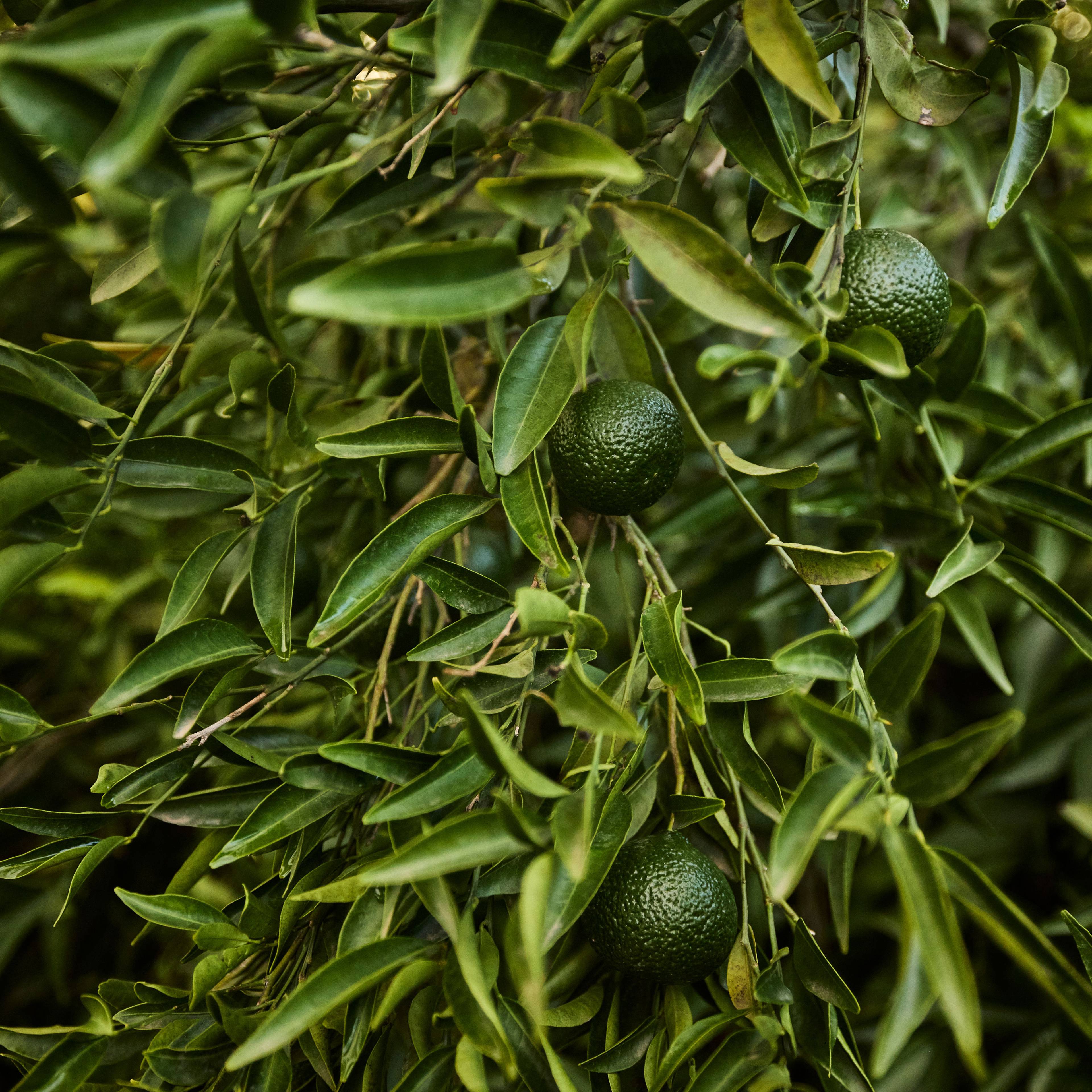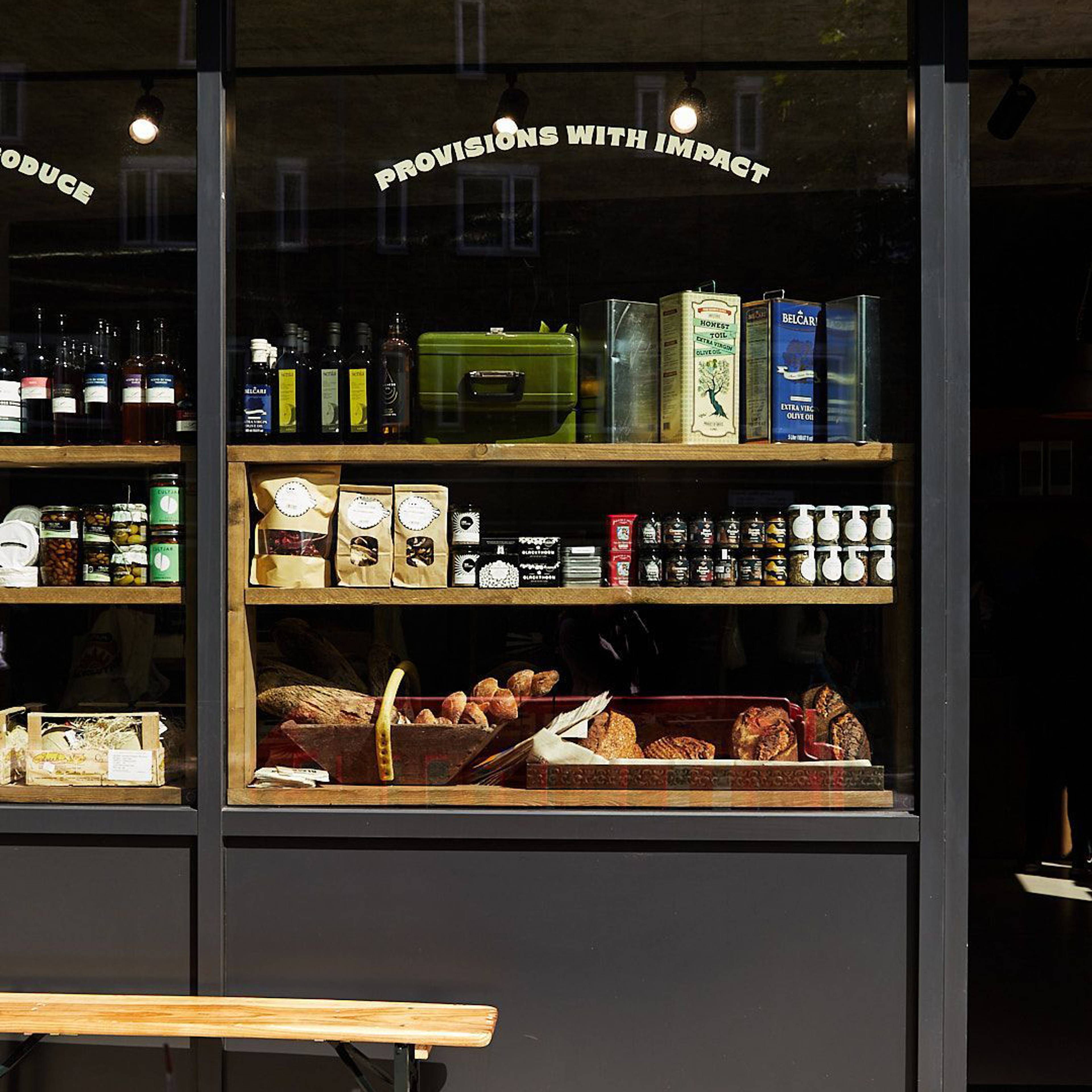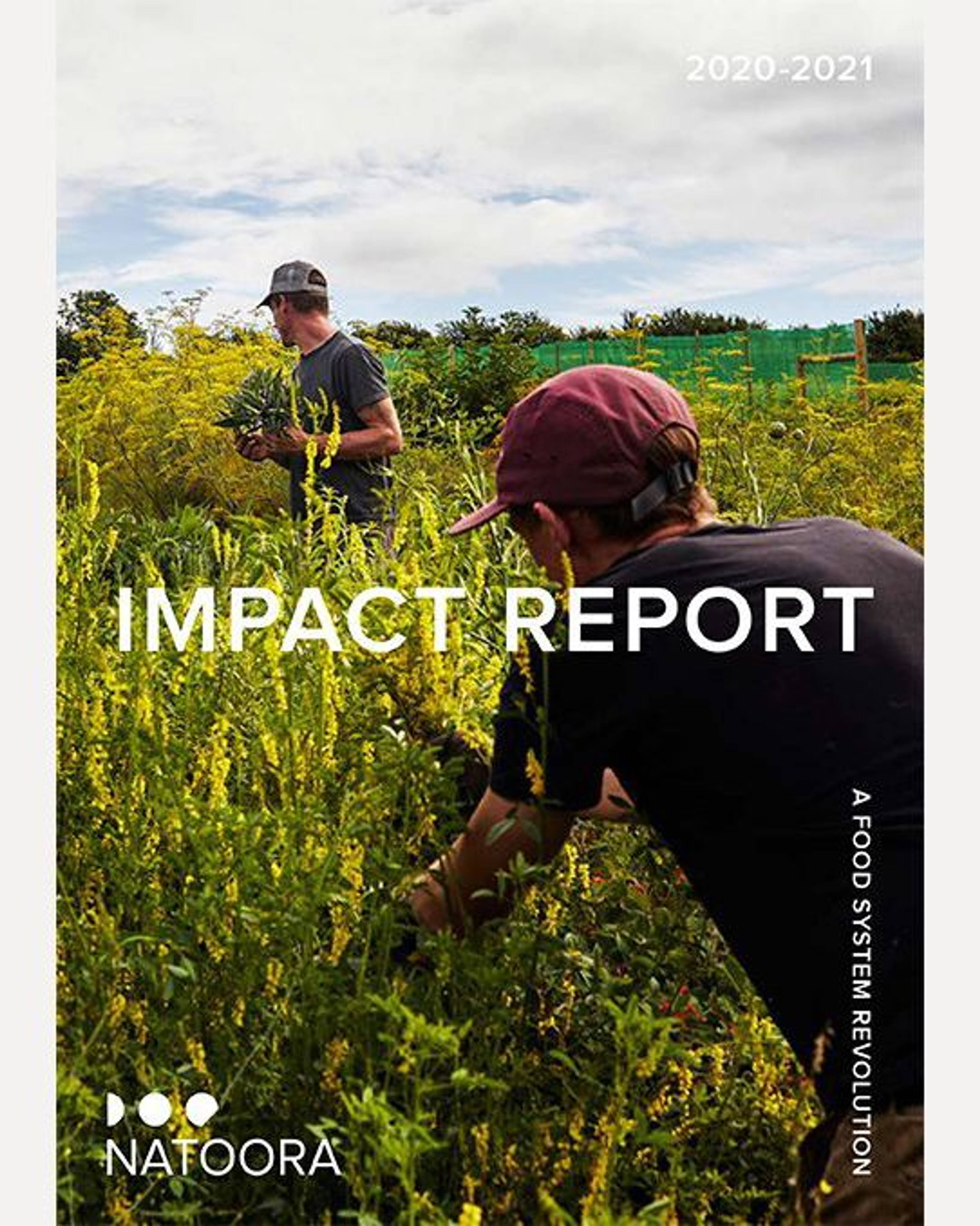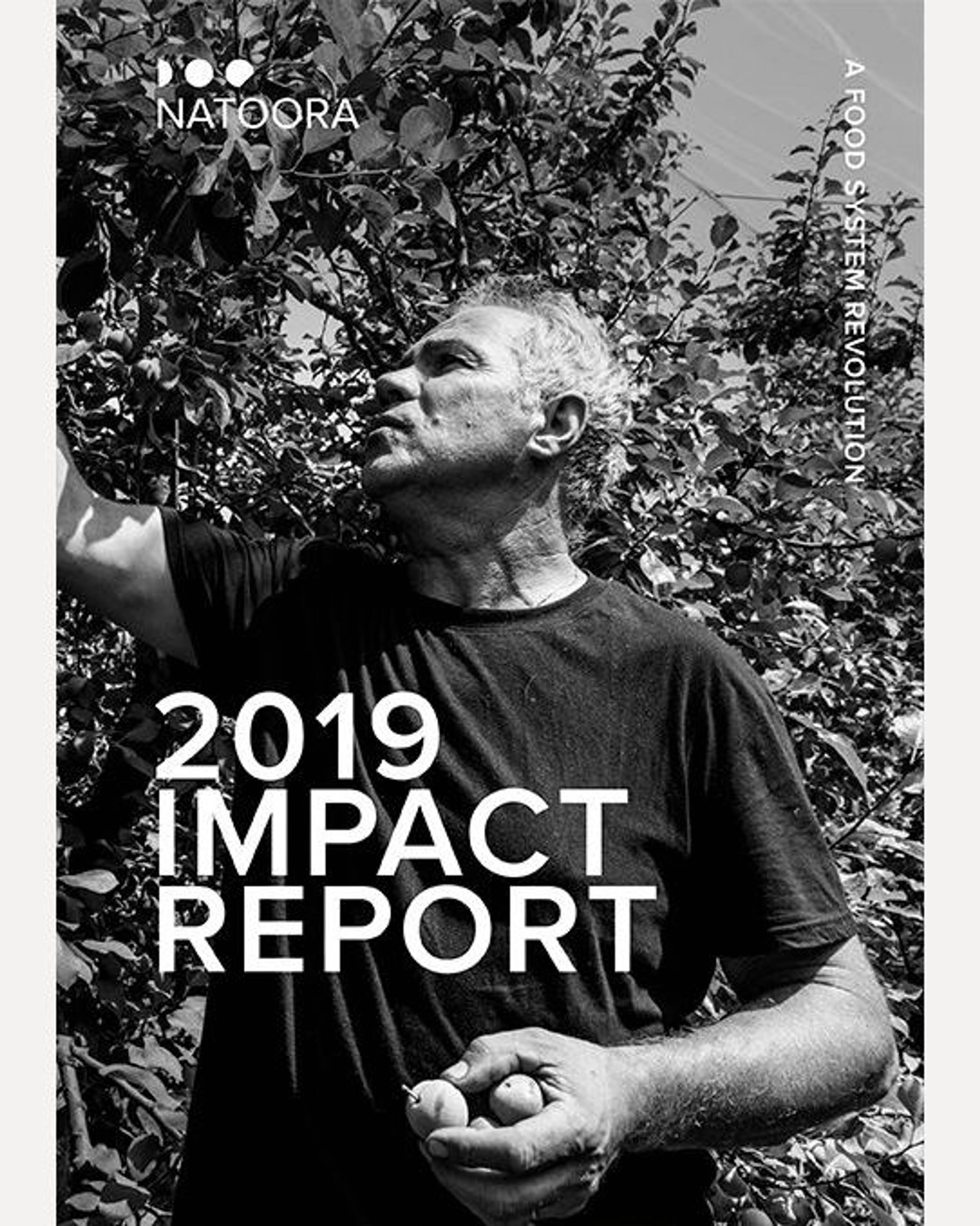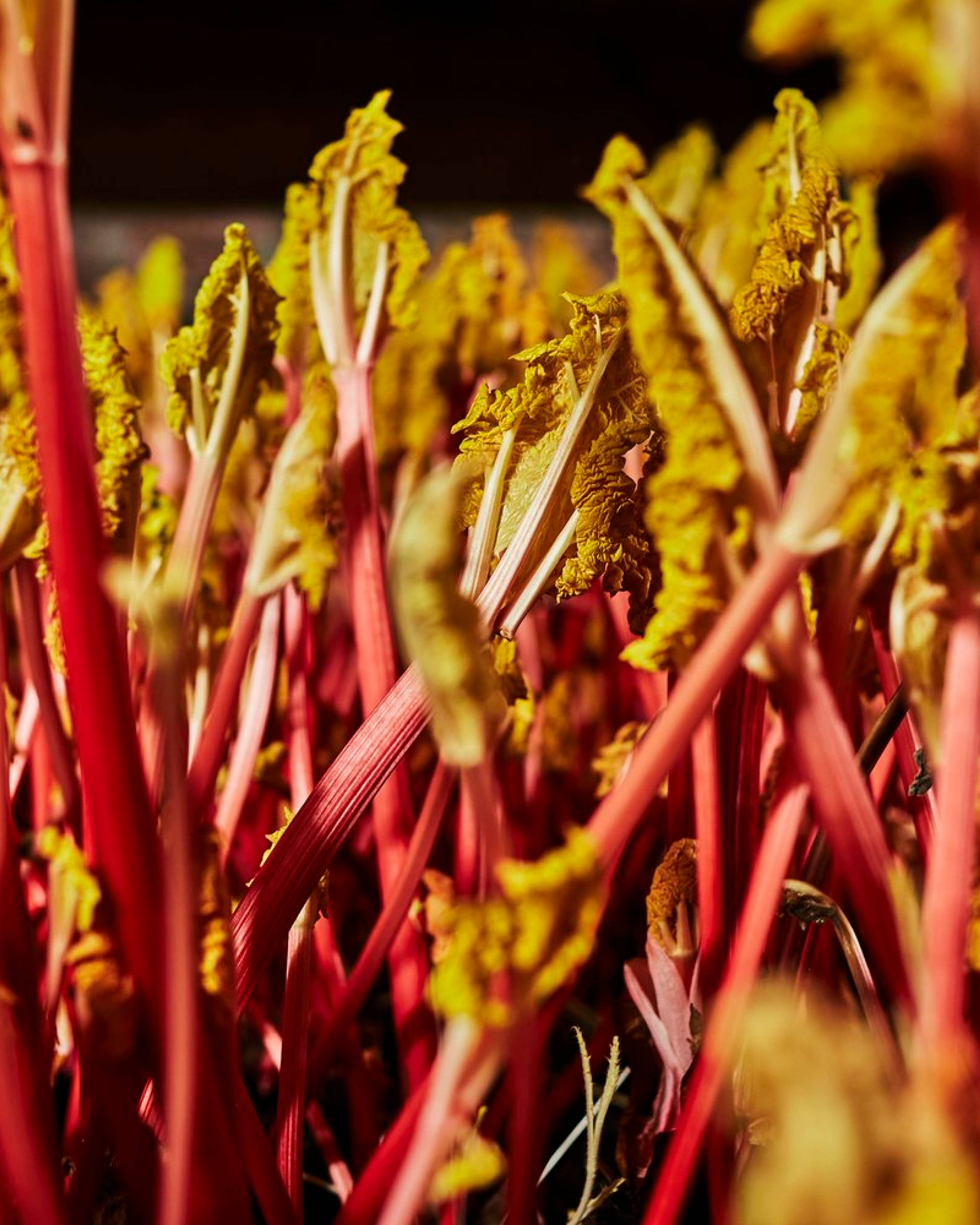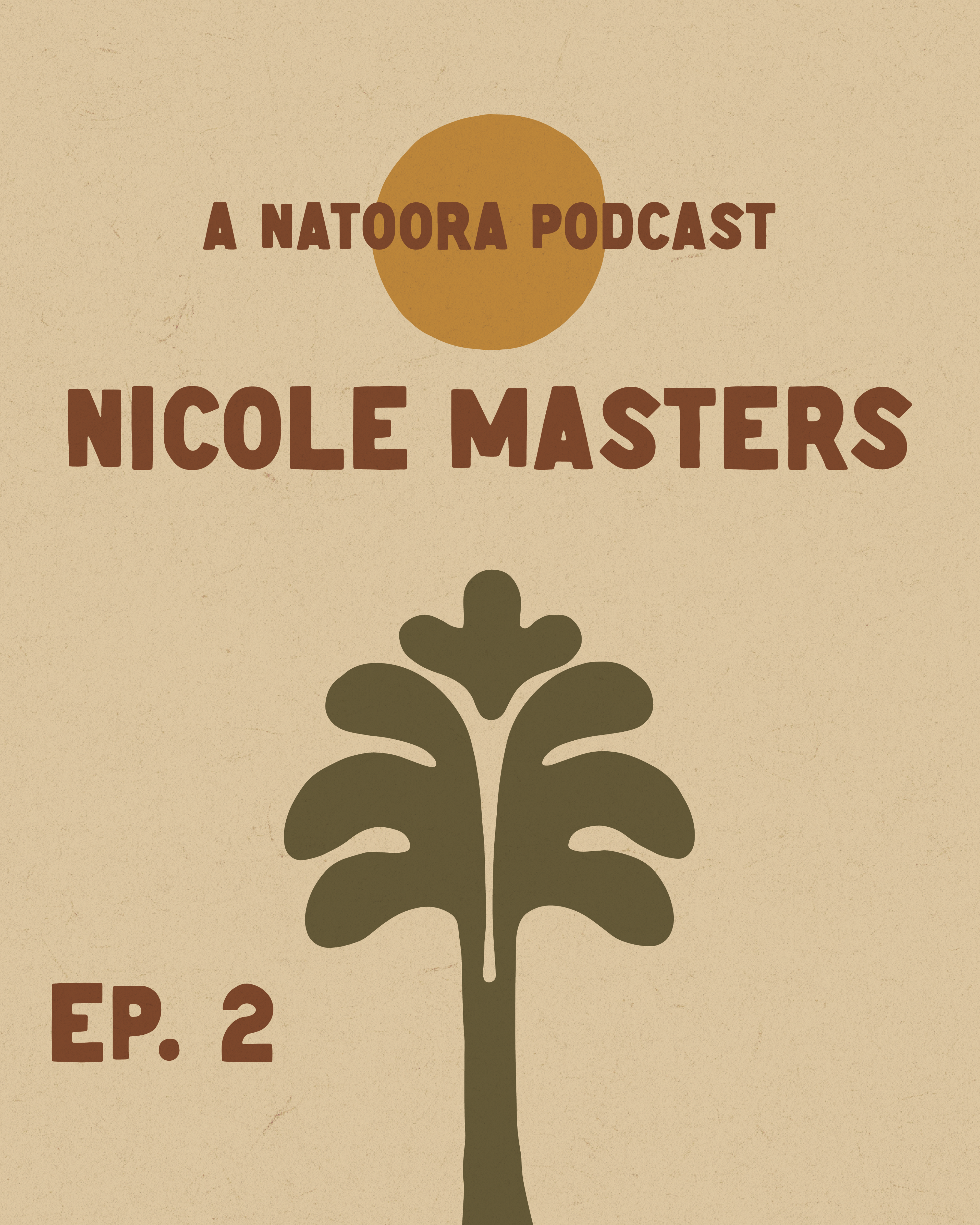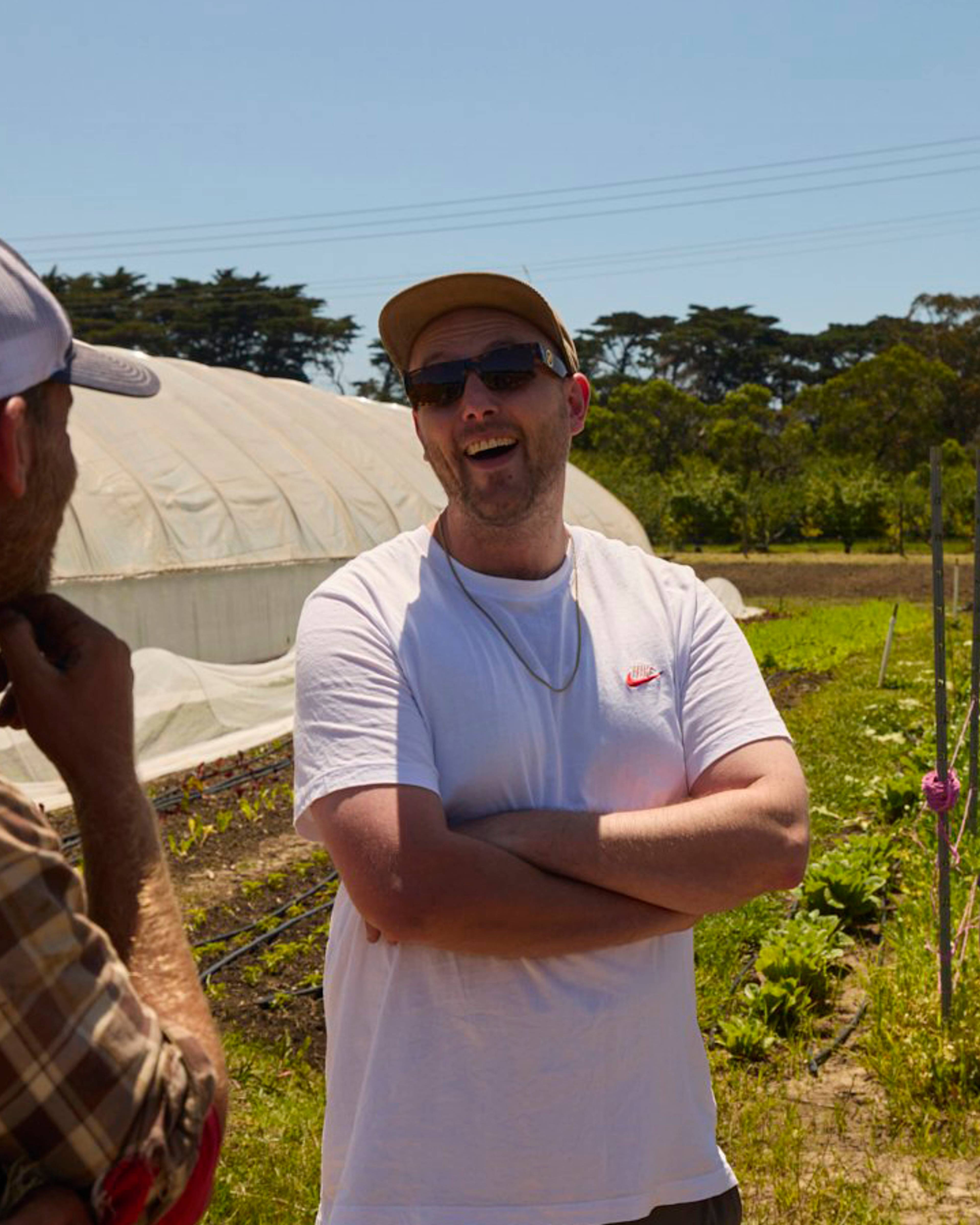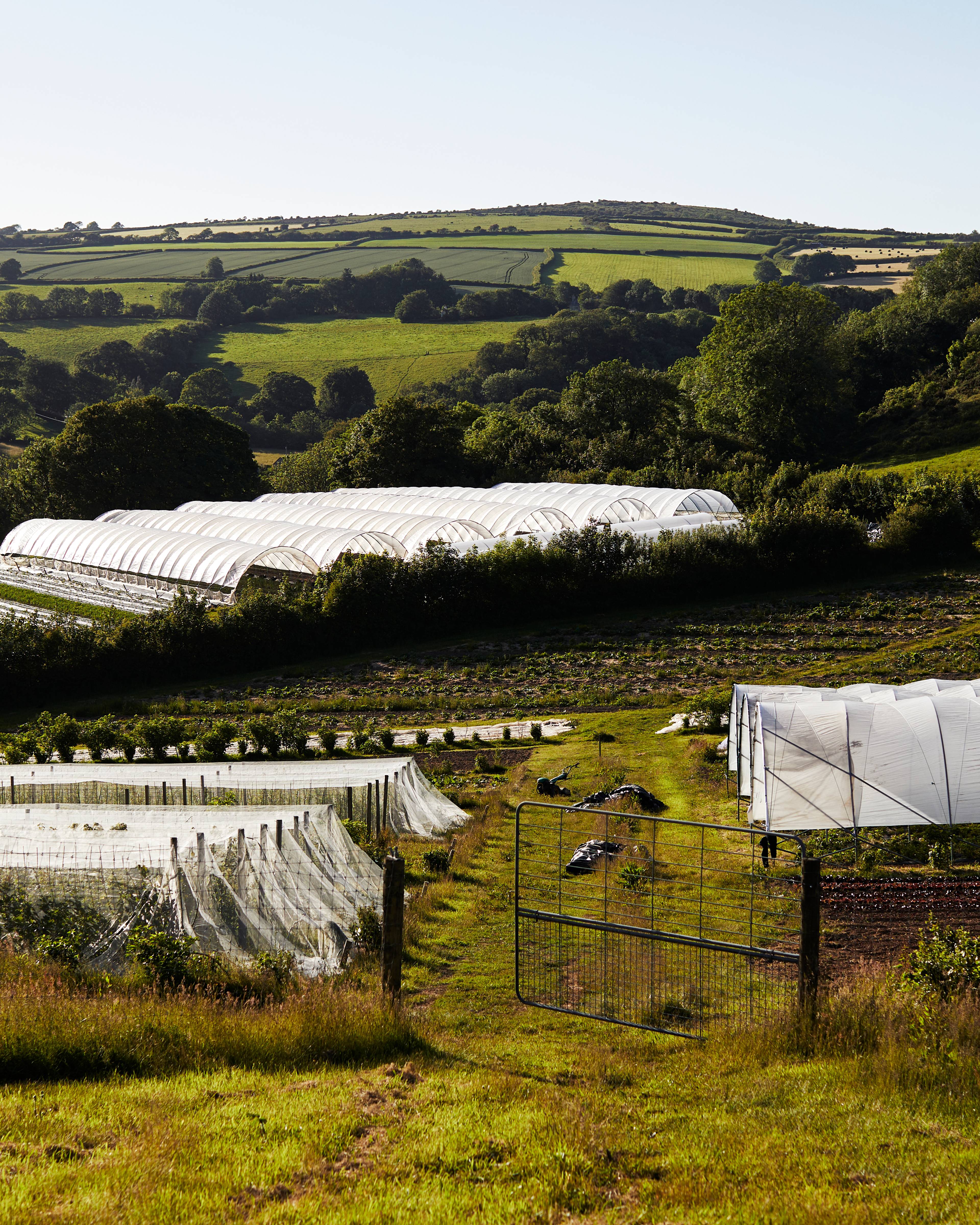FIX THE FOOD SYSTEM
Seeking flavor in our food means protecting people and our planet.

First, we sought out flavor by connecting with small-scale growers across Europe. We knew that fruits and vegetables grown in their natural seasons taste best, but our mission led us to growers who also preserve local growing artistry, work with diverse varieties and enhance their ecosystems. Their methods present a sustainable way forward for food and farming — one that can feed a growing population but also protect our health and the future of our planet.
A WORLD AT BREAKING POINT

A food system is the sequence of steps that it takes for food to reach our plates. It stretches from the way food is grown and produced to the way it is eaten and thrown away. This system is broken.
We have never been more removed from the origins of our food and the people growing it. The way food is sourced is cloudy and complex, involving multiple steps that increase costs as they reduce food standards, traceability and communication.
At the end of most supply chains are growers that are forced to choose yield, uniformity and shelflife — the modern markers of quality in food production — over flavor.
This pursuit has created an industry dominated by hybrid and GMO seeds grown as monocrops, heavily mechanized processes and the excessive use of fertilizers and pesticides. The result: depleted soil, ecosystem and human health.
This yield-driven food production depends upon the ecosystems it is degrading. It has depleted our soils to such an extent that our land can no longer support the high yields we demand from it.
At the other end of the supply chain, the way our food is farmed and supplied is taking the nutrients and flavor — all the joy — out of eating. Our habits have been shaped around shelf-life, price and convenience to the extent that today, ultra-processed foods make up over half of our diets.
OUR VISION FOR A BETTER FOOD SYSTEM
As funding is pumped into innovation, we see the value of tradition. We return to the people growing food in the soil, with a focus on making that possible for generations to come. We work with growers who, by seeking flavor, produce fruits and vegetables in a way that is best for soil health and ecosystem biodiversity. By building direct relationships, we bring people closer to the origins of their food.
TAKING THE REVOLUTION TO EVERYONE
Through our own farming and education projects, we want to equip everyone with the tools to understand the power of our food choices — this means helping shift diet and waste habits. This way, we empower everybody to become drivers of change. This is the systemic shift the world is calling for.
IMPACT IS A JOURNEY
We are far from perfect. At times, we have had to make compromises that seem contrary to our values in the moment, but that will accelerate our impact over time. Many of these compromises are centred around scale. Unpick some of those choices in our Impact and REACT reports.

2023 REACT
Hear from growers and educators whose stories bear testament to the critical state of the planet, inspire monumental hope in human action, and act as a rallying cry for everyone.
FOOD SYSTEM STORIES
See allWe exist to fix the food system.
People are more cut off from the origins of their food than ever. This makes flavor, nutrition and farming practices that protect the planet, almost impossible to find.
By working directly with growers, we create a more sustainable way forward for farming. By giving everyone the tools to understand the power of our food choices, we empower everybody to become drivers of change.
Now is the time for action. Join the food system revolution.

Go beyond four seasons
Each fruit and vegetable has its own season, with subtle shifts which happen every day. Follow their microseasons to unlock flavor at every stage.
WHAT’S IN SEASON?

Know where your food comes from
We know the name of the person behind everything we source. Recognize their growing artistry to find out exactly where your food comes from (and why that matters).
MEET THE GROWERS

Make your diet diverse
Our growers work with varieties chosen for quality and nutrition, not yield. By selecting their crops you keep heritage seeds in play, add to ecosystem biodiversity and preserve unique flavors.
GO #OFFTHEPASS
United States
© 2024 Natoora Ltd.
